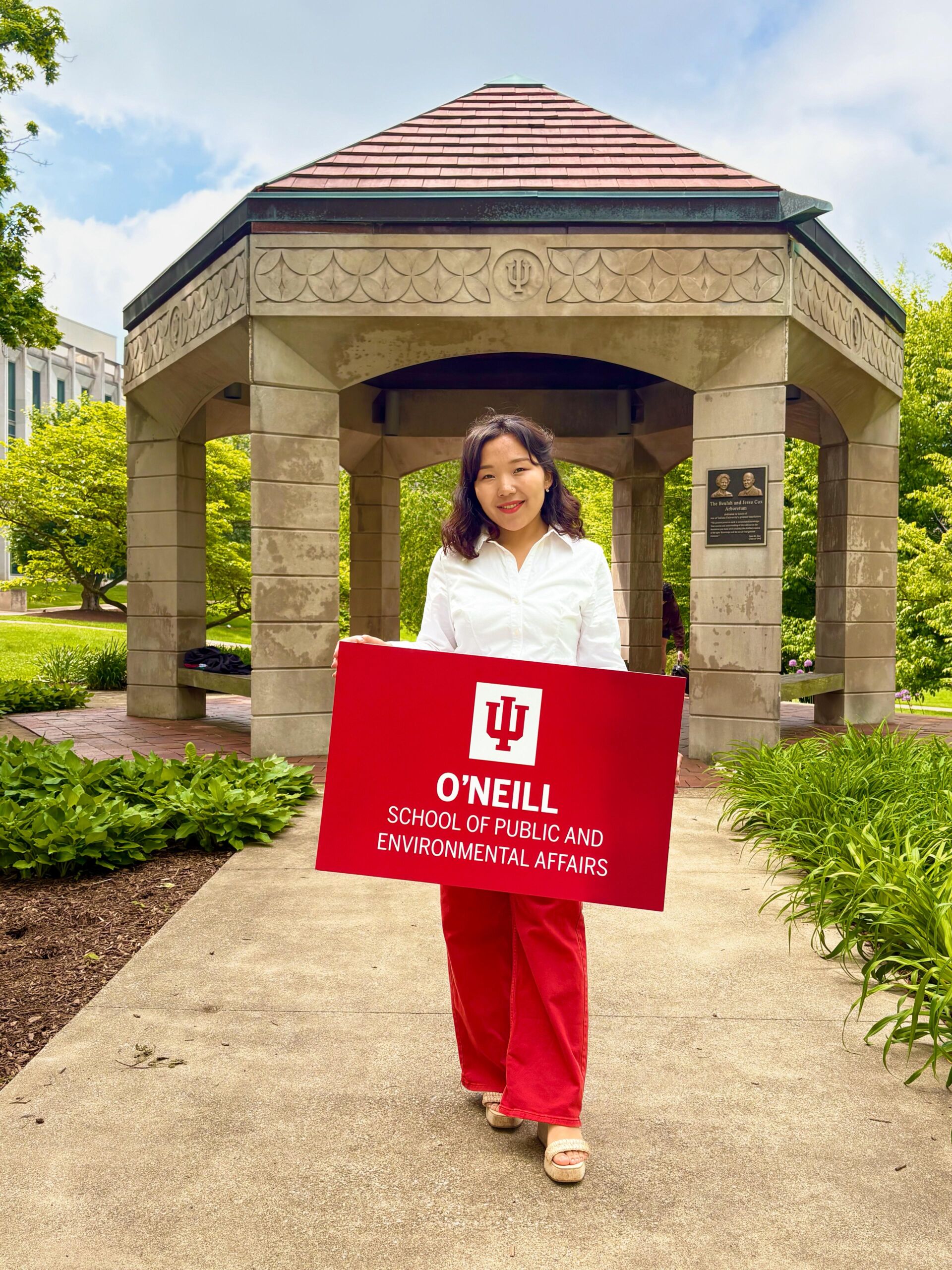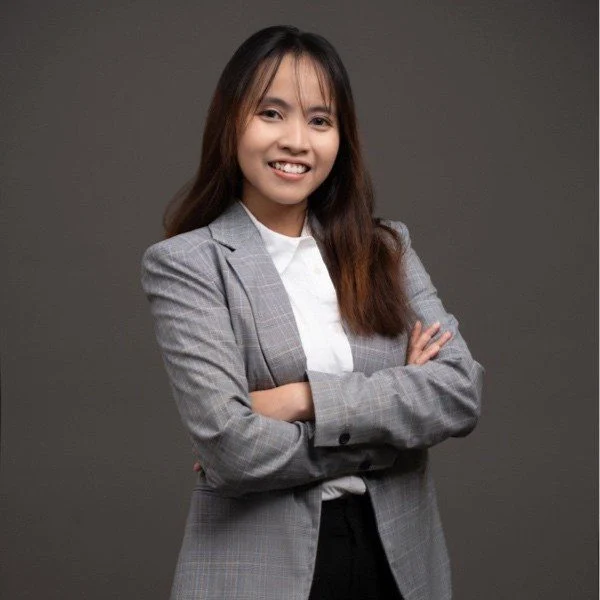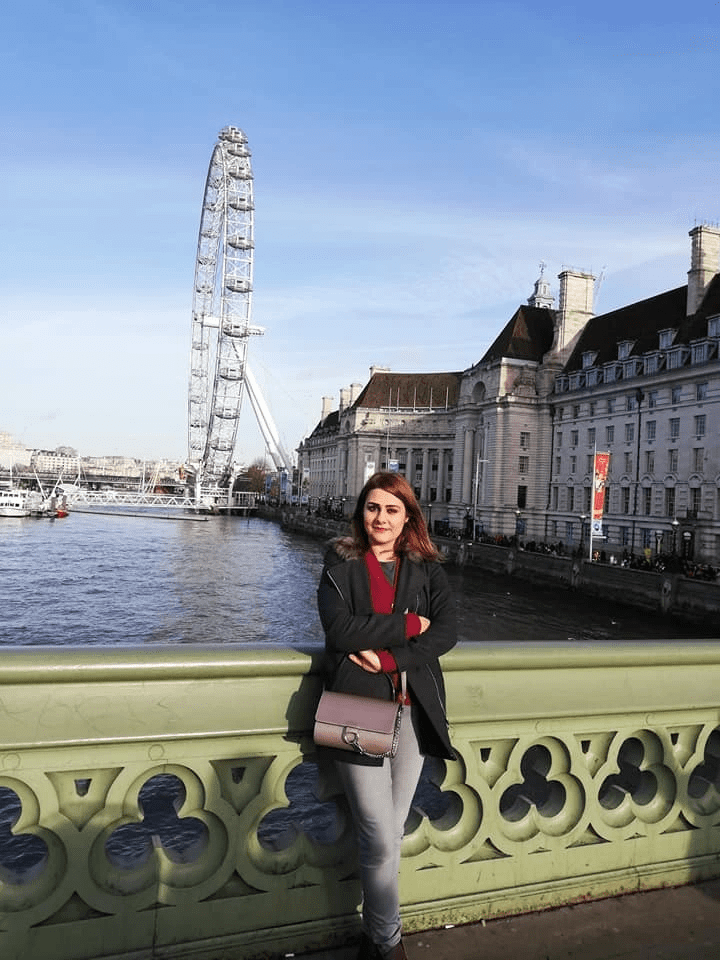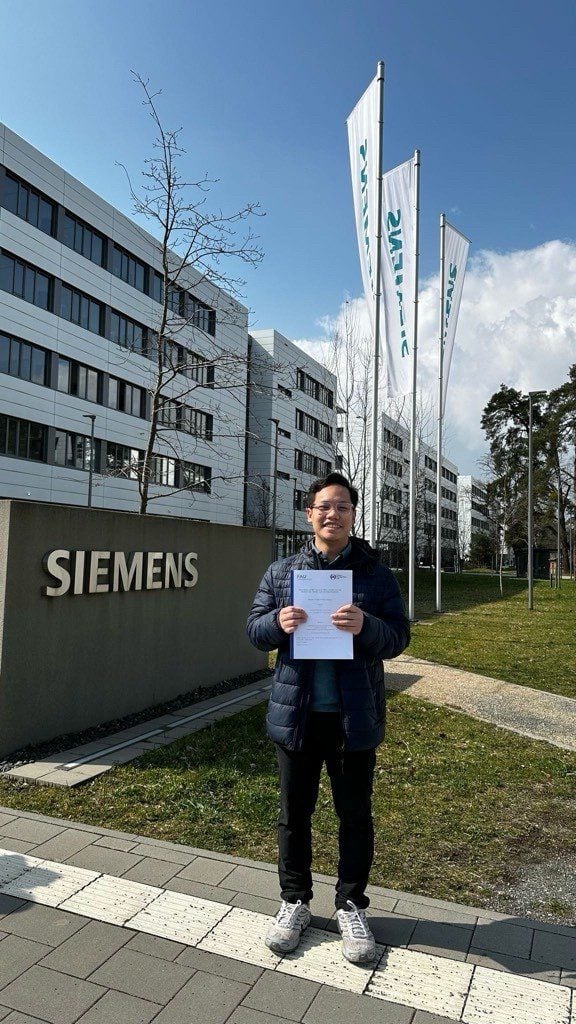How a Mongolian Scholar Secured the Fully Funded Fulbright Scholarship to Pursue a Master of Public Affairs in Sustainability and International Development at Indiana University
University: Indiana University – O’Neill School of Public and Environmental Affairs
Degree: Master of Public Affairs (Sustainability and International Development)
Previous Education: Bachelor of Arts in Journalism – National University of Mongolia
Scholarship: Fulbright Foreign Student Award – Fully Funded
Social Media
LinkedIn: linkedin.com/in/munkhjin-tse/

The Journey
Thank you so much for inviting me, it's truly a pleasure. My name is Munkhjin, but most people call me Jinji. I’m from Ulaanbaatar, Mongolia. I hold a Bachelor’s degree in Journalism and worked for 4.5 years in both the media and development sectors before starting my Master’s program.
Throughout my career, I wore many hats: journalist, creative manager, project manager, leading initiatives in gender equality, energy efficiency, biodiversity conservation, rural governance capacity-building, and green finance. These experiences fueled my curiosity and deepened my commitment to sustainable development.
As an active civil society member and a member of the United Nations Association of Mongolia, I helped deliver projects aimed at closing Mongolia’s development gaps. My journey has taught me the importance of systems thinking when addressing a country's complex development challenges. Studying in the U.S. was a childhood dream, but one that required overcoming financial barriers as someone from a middle-income family. As the Mongolian saying goes: “When the student is ready, the tutor will appear.” I prepared intentionally, engaging in volunteer work that reflected my values, improving my English, and aligning my experiences with my aspirations.
Fulbright Foreign Student Award Scholarship Details
I’m honored to have received the Fulbright Foreign Student Award, a prestigious academic exchange program sponsored by the U.S. Department of State. Fulbright is highly competitive and supports graduate students, young professionals, and artists from over 160 countries to pursue advanced degrees in the U.S. In fall 2023, I began my Master of Public Affairs at the O’Neill School of Public and Environmental Affairs at Indiana University, specializing in Sustainability and International Development.
In Mongolia, approximately 15 candidates are selected annually for Fulbright, and I was fortunate to be one of the U.S. government-funded awardees. This scholarship covers all the expenses, including qualification exam fees (GRE/GMAT), university application fees, tuition, health insurance, visa costs, and a living stipend. To elaborate, I received $38,100 USD scholarship from my university and $54,500 USD scholarship from the scholarship sponsor for my two academic years of study. Additionally, Fulbright offers a pre-academic program and an opportunity to participate in enrichment seminars, bringing awardees from around the world together in certain big cities in the US for several-day leadership seminars.
Educational Background
My undergraduate degree in Journalism, with a GPA of 3.7, didn’t directly align with my graduate program, but I believe it was my professional and volunteer experiences that made a stronger case. While academic achievement helps, what truly set my application apart was the alignment between my lived experiences, my contributions to community development, and my vision for Mongolia’s future, especially around sustainable development, social equity, and environmental governance, where I was working.
How Did You Prepare to Apply to Indiana University?
Preparation required both strategy and resilience. I met the required language scores but had to take the GRE three times to achieve my target score, all while working full-time. Before my final attempt, I took a break from my job to dedicate myself fully to preparation. I followed a disciplined plan: taking full-length mock tests every other day, reviewing all official materials, and using the official ETS guides. I dedicated at least 5-7 hours per day to the preparation. I focused not just on content mastery but also on building the endurance needed for a challenging three-hour exam.
How Did You Prepare to Apply for the Fulbright Foreign Student Award?
Before Fulbright, I applied for the Australia Awards but wasn’t selected. That experience, while disappointing at the time, became invaluable. It helped me understand the different expectations and priorities between scholarship programs. I realized that Australia Awards tend to focus more on mid-career professionals and civil servants, while Fulbright has a broader emphasis on academic potential, leadership, and alignment with U.S. exchange objectives, regardless of age or sector.
Learning from that experience, I refined my approach and became more intentional in my preparation for Fulbright. Although Fulbright Mongolia applications officially open from February to April each year, I began preparing a year in advance. I worked on improving my English proficiency, increasing my IELTS score from 6.5 to 7.5 in one year, and spent significant time carefully researching U.S. programs that aligned with my personal and professional goals. More importantly, I reflected deeply on the kind of contribution I hoped to make in Mongolia after my studies, what issues mattered to me, what changes I wanted to drive, and what knowledge, skills, and networks I needed to achieve them.
During this preparation year, I also started a podcast project as a hobby and a learning tool. I interviewed Mongolians who had studied abroad on scholarships or worked in global institutions, inviting them to share their academic and professional journeys. This not only allowed me to contribute by connecting their stories with aspiring young Mongolians but also helped me learn firsthand how to prepare a competitive application, from crafting a compelling personal statement to demonstrating alignment with a program’s values.
When it came time to draft my Fulbright essays, I approached them with great care and intention. Fulbright requires four essays, each covering different but interrelated aspects: your program choice, study objectives, future plans, and personal background. I treated these essays as an opportunity to showcase not just my qualifications, but my authenticity, motivation, and readiness. I worked to weave personal stories, concrete examples, and clear evidence of my professional and volunteer efforts throughout the essays, ensuring that every paragraph was deliberate, reflected my character and aspirations, and together told a coherent, compelling story about who I am and why I was deserving of this opportunity.
What Do You Think Made Your Application Stand Out?
What truly made my application stand out was its honesty, authenticity, and focus. Rather than trying to present an idealized version of myself or touch on every cause I care about, I crafted a clear and consistent narrative that reflected my lived experiences, professional journey, and deep commitment to social impact and sustainability. My application wasn’t something I rushed to complete in a few weeks; it was the result of years of reflection, action, and preparation. Throughout my work in Mongolia’s media, nonprofit, and development sectors, I had already taken concrete steps toward addressing the very issues I highlighted in my application: marginalized communities, environmental governance, and representational equality. These were not abstract interests; they were causes I had engaged with directly through advocacy campaigns, policy dialogues, and grassroots initiatives.
One key lesson I learned from previous unsuccessful applications was the importance of focus. In the past, I tended to discuss a broad range of interests and achievements, which diluted my message. For Fulbright, I disciplined myself to concentrate on a few core themes, showing not only my passion but my track record of tangible contributions and a clear vision for the future.
Another factor that strengthened my application was seeking critical, informed feedback. I reached out to three Fulbright alumni who reviewed my essays and gave candid, invaluable advice, helping me ensure that my writing was succinct, coherent, and addressed each question directly. Their guidance allowed me to polish my narrative so that it was not just well-written but also strategic and compelling from the perspective of the selection committee. Additionally, I approached my recommendation letters thoughtfully. I didn’t just ask people who knew me professionally, I chose individuals who could speak to different dimensions of who I am and what I bring to the table. This included a former professor, a CEO I had worked with closely, and a Fulbright alum who had collaborated with me on a development project. I also guided them carefully, asking each to highlight distinct qualities, my leadership, passion, work ethic, initiative, research interests, and commitment to community service, so their recommendations together painted a holistic and well-rounded picture of me without redundancy.
I believe my application stood out because it told a genuine, focused story about who I am, what I’ve done, and why I’m ready for this opportunity, supported by credible voices who could attest to my potential. It reflected not only preparation for a scholarship, but also preparation for leadership and contribution on a larger stage.
What Would You Have Done Differently if You Were Going Through the Process Again?
I would invest much more time upfront researching programs and universities to ensure an even better alignment with my personal and professional goals. At the time, I focused primarily on meeting the scholarship requirements and choosing programs that seemed broadly relevant, but in hindsight, I realize how important it is to go deeper, understanding not just the reputation of an institution, but the specific strengths of each program, the curriculum’s practical relevance, the expertise of faculty, and the support systems in place for international students.
I would have actively used LinkedIn as a research and networking tool, reaching out to current students and alumni of my target programs to arrange virtual coffee chats. These informal conversations could have given me insider perspectives that are difficult to glean from official websites or brochures: What’s the learning environment really like? What types of internships, research opportunities, and career paths have graduates pursued? How responsive and supportive are faculty members? What is the culture of the student community? How strong is the alumni network?
In particular, I would not only talk to current students but also graduates, asking them about their outcomes after completing the program: Was it a good investment of their time and energy? Did it position them well in the job market? What would they have done differently?
This kind of targeted, first-hand information would have helped me make an even more informed decision, choosing a program that not only met my academic interests but would offer the best environment for building the skills, networks, and experiences I need for the future I envision.
What Advice Would You Give Those Looking to Apply for a Similar Scholarship?
First and foremost, take the time to reflect deeply. Ask yourself not just why you want this degree, but how it will position you to create the impact you envision and advance the career you aspire to. A graduate degree should not simply be a credential; it should be a purposeful step in a broader journey of contribution, growth, and leadership.
Second, choose strategically. Go beyond the surface when researching programs: seek out those that align not only with your academic interests but also with your personal values, long-term goals, and the development priorities of your country or community. Look for programs where you can thrive intellectually and professionally, and where the faculty expertise, curriculum, and networks will equip you for the difference you want to make.
Third, demonstrate initiative. Don’t wait for a scholarship to begin working on the issues you care about. Engage in volunteer projects, community initiatives, or small pilot programs that show your commitment and ability to act. Scholarship committees are looking for people who have already started making an impact and who can clearly articulate why further study is essential to amplifying that impact.
Fourth, craft your narrative deliberately and cohesively. Every component of your application, your essays, CV, and recommendation letters, should work together to convey a coherent, compelling story of who you are, what drives you, and why you are ready for this opportunity. Identify your key “selling points” and ensure they shine through consistently, without redundancy or distraction.
Fifth, seek informed feedback. Reach out to past scholarship recipients or mentors who understand the expectations of competitive programs. They can help you see your application through the lens of a selection committee, offering invaluable insights on how to refine your materials, clarify your message, and stand out.
Finally, cultivate resilience. Even a strong, well-prepared application may not succeed on the first try, not because you're not a strong candidate, but due to external factors such as program priorities or competition in a given year. View every application as a learning process, and don’t be discouraged. Reflect, adjust, and keep trying.
Everyone has a unique story, a distinctive passion, and valuable perspectives to contribute. The key is to learn how to express that story with clarity, authenticity, and confidence. Stay curious, stay humble, and stay open-minded, because the journey itself will enrich you, regardless of the outcome.
Want to submit your
scholarship journey?
Submit Your Story Here!
More Scholarship Recipients

Good day, fellas! Talitha from Indonesia here! I began my career as a Communication Specialist at a government institution i .... Read more

My name is Tafan Kamal Karim, and I am from the Kurdistan Region of Iraq. I have always had a passion for literature and cre .... Read more

Hi! My name is Shafiq from Malaysia. So, my education journey in Germany starts I received a full scholarship from Yayasan T .... Read more

Leave A Comment